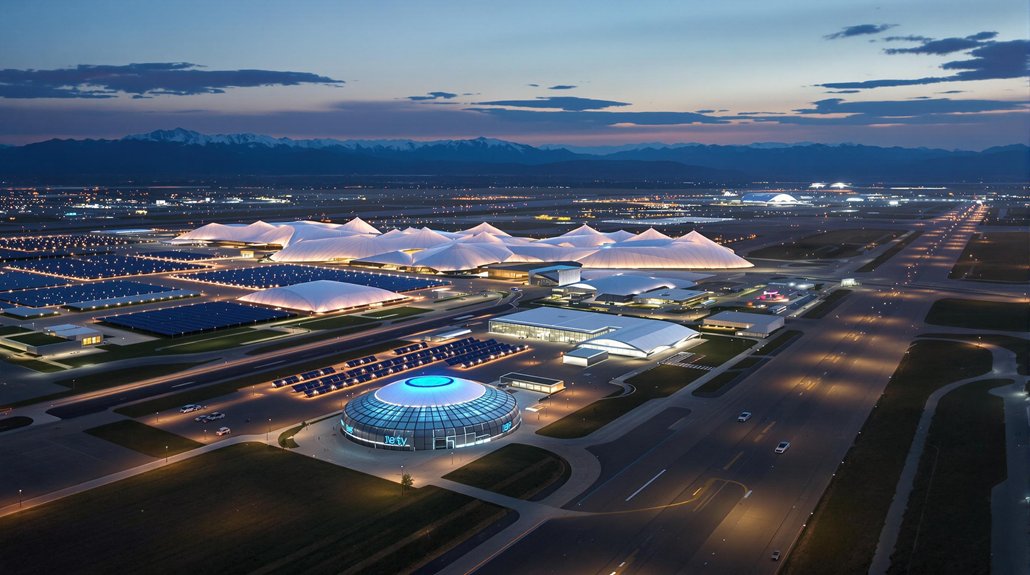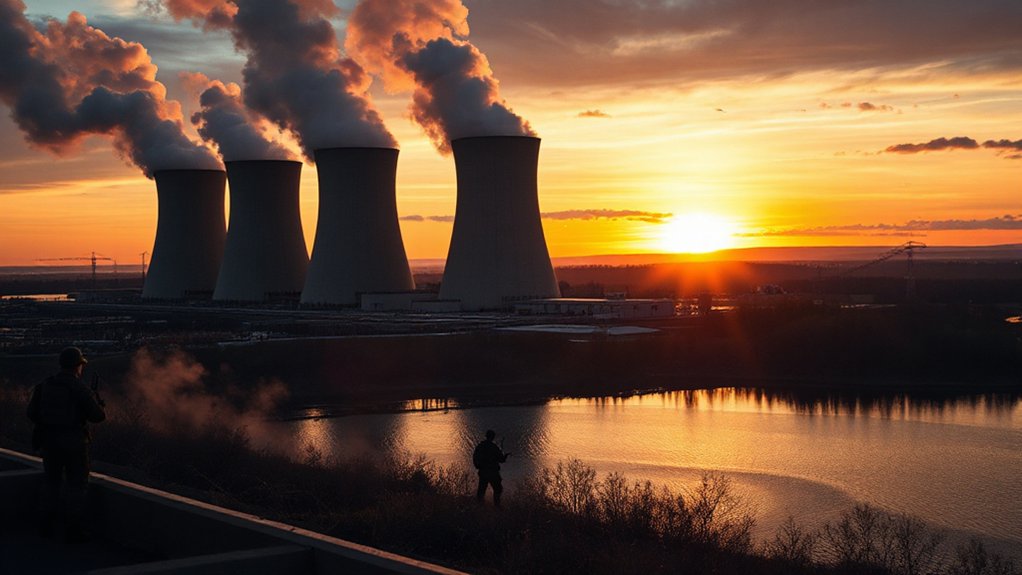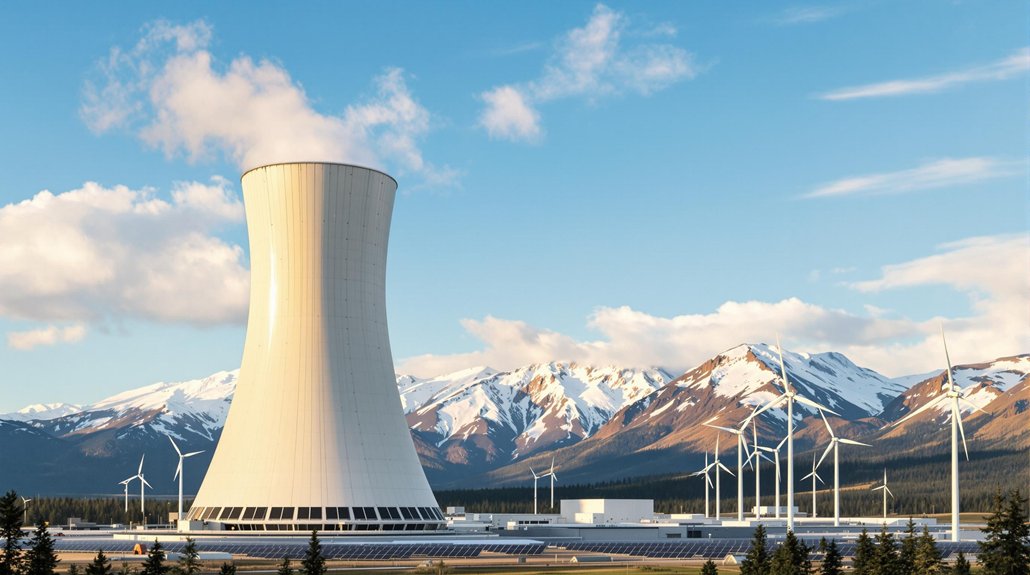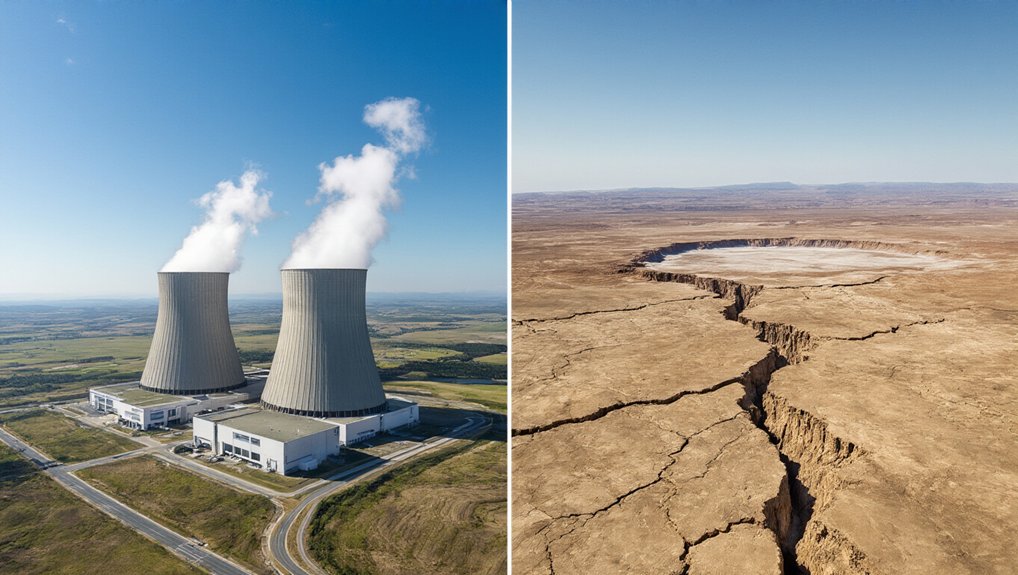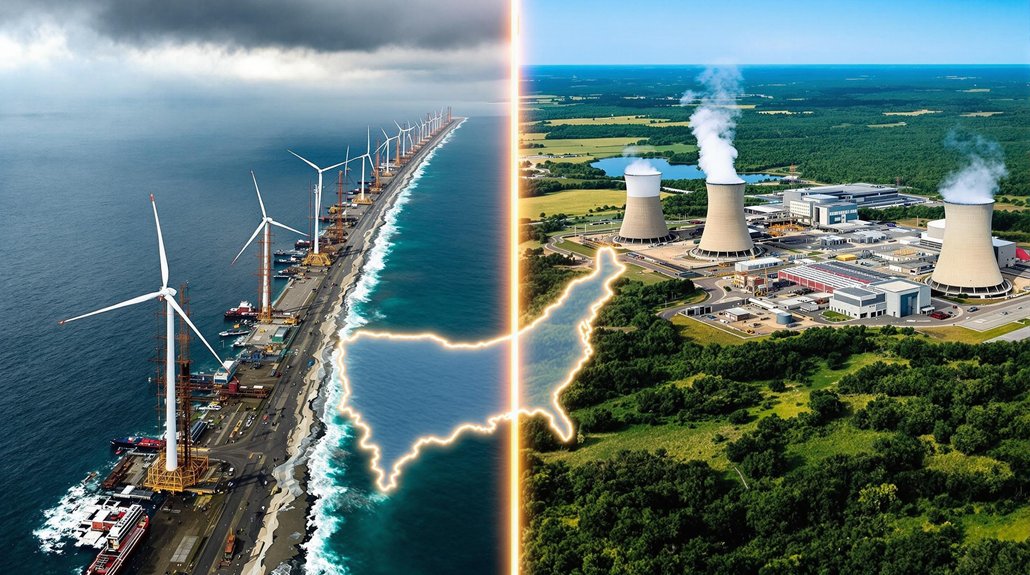While most airports focus on expanding terminals or adding runways, Denver International Airport is eyeing a decidedly more radioactive approach to growth. The airport recently issued a Request for Proposals for a feasibility study on installing a small modular nuclear reactor (SMR). Yeah, you read that right. Nuclear power at an airport.
The study will cost about $1.25 million and take up to a year to complete. It’ll examine whether plopping a nuclear reactor at one of America’s busiest airports makes any sense. Spoiler alert: there are some serious hurdles.
Denver’s energy needs are growing fast. The airport currently uses about 45 megawatts but expects passenger numbers to jump from 82.3 million to a whopping 120 million by 2045. Their existing solar arrays covering 100 acres just won’t cut it anymore. Hence, the nuclear option.
SMRs aren’t your grandfather’s nuclear plants. They’re compact, factory-built, and supposedly safer than traditional reactors. They use fancy cooling systems with molten salt or liquid metal. Sounds high-tech.
Problem is, none actually exist in the U.S. yet. Not one.
The timing isn’t random. Colorado just reclassified nuclear as “clean energy,” giving the airport cover for this controversial move. Unlike geothermal power which offers 95% availability factor regardless of weather conditions, nuclear still faces operational challenges. Mayor Mike Johnston and CEO Phil Washington plan to make a joint announcement about the nuclear power study soon. DEN’s CEO frames it as part of their quest to become “the greenest airport in the world.” Ironic, considering nuclear waste remains radioactive for thousands of years.
Regulatory challenges? Massive. Cost overruns? Pretty much guaranteed with nuclear projects. Waste storage? There’s still no permanent repository in America. Public perception of a nuclear reactor next to their gate? Not great, Bob.
Airport officials insist they’re just exploring options. The study is funded by airport revenue, not taxpayers. If built, the SMR could potentially attract energy-hungry tenants like data centers.
Critics aren’t impressed. They point to wind and solar as faster, cheaper alternatives without the radioactive baggage. But Denver’s forging ahead anyway on their sprawling 33,500-acre campus. Bold move or nuclear-sized mistake? The feasibility study may tell—if anyone’s listening.
References
- https://www.cbsnews.com/colorado/news/denver-nuclear-power-denver-international-airport/
- https://www.ans.org/news/2025-08-07/article-7266/denver-airport-may-go-nuclear/
- https://airportindustry-news.com/den-explores-nuclear-energy-option-for-future-power-needs/
- https://coloradosun.com/2025/08/06/denver-nuclear-power-airport/
- https://www.world-nuclear-news.org/articles/denver-airport-contemplating-onsite-reactor
